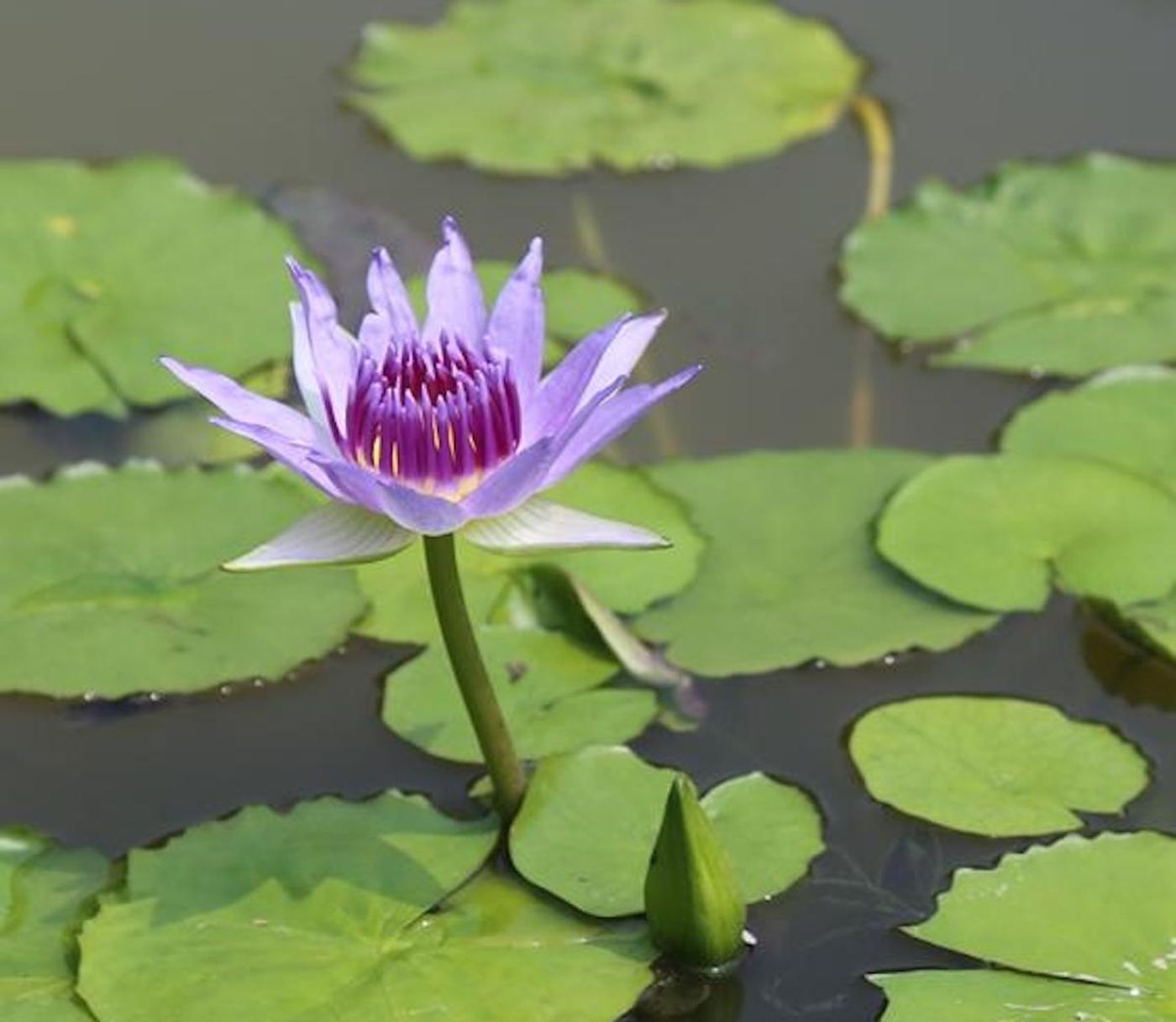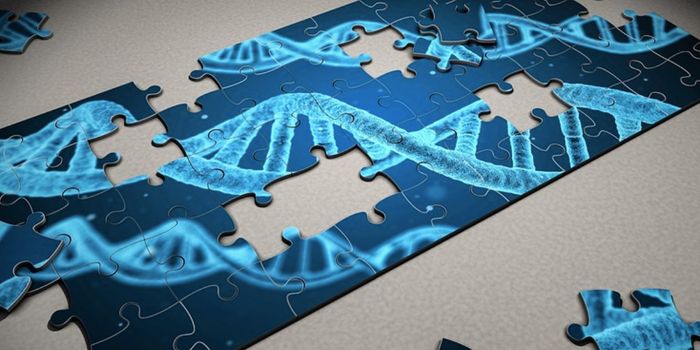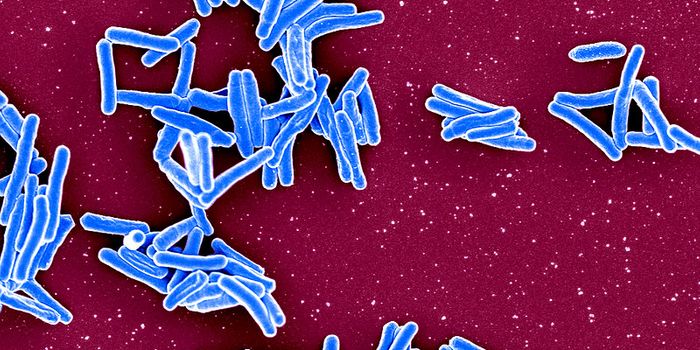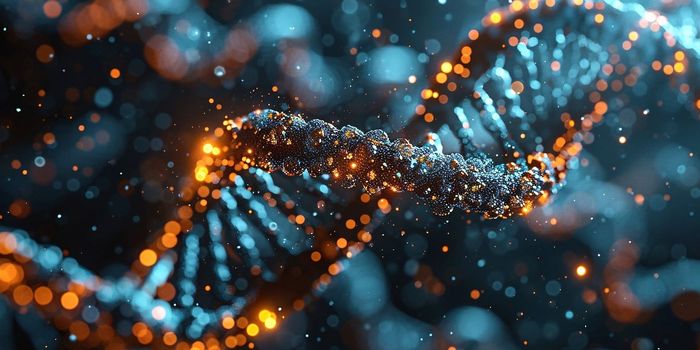Water Lily Genome Provides Insight Into Flowering Plant Evolution
The genomic sequence of the water lily, Nymphaea colorata, has been revealed and has provided new insight into how flooring plants evolved. Researchers analyzed the plant's genome and transcriptome, or all of the genes that were producing RNAs, to find fourteen chromosomes and over 31,000 genes that carry instructions for making a protein. By contrast, humans carry around 20,000 protein-coding genes. The findings have been reported in Nature.
"Water lilies have been an inspiration to artists like Claude Monet because of their beauty, and important to scientists because of their position near the base of the evolutionary tree of all flowering plants," noted Hong Ma, associate dean for research and innovation, Huck Distinguished Research Professor of Plant Molecular Biology, and professor of biology at Penn State.
"I previously contributed to the sequencing and analysis of the genome of Amborella, which represents the earliest branch to separate from other flowering plants, but Amborella lacks big showy colorful flowers and attractive floral scent, both of which serve to attract pollinators in most groups of flowering plants. We were interested in the water lily genome to help us understand how these traits evolved."
The team of researchers that performed the study compared the water lily genome to that of other flowering plants (angiosperms) and seed-bearing plants that don't make flowers (gymnosperms). The Amborella plant shares some features with gymnosperms, indicating that it was the earliest of all angiosperms that still exist to separate from other plants that flower.
"If we make an analogy to mammalian evolution, Amborella has a similar position to that of the platypus and other egg-laying mammals," explained Ma. "The platypus is a mammal because it feeds its young with milk, but it lays eggs like birds or reptiles. Amborella, like gymnosperms, has separate male and female plants, but the water lily has male and female reproductive parts within a single flower. This makes the water lily more similar to the vast majority of other flowering plants, so having the genomes of both Amborella and water lily can help us to better analyze the evolutionary transition from gymnosperms to angiosperms."
Using molecular dating, the researchers estimated that the water lily family separated from other related aquatic plant families between 147 and 185 million years ago, when there were still dinosaurs roaming the planet.
The scientists also analyzed some of the water lily genes that are important to floral color and scent. They found proteins that are critical to generating the blue petal color of the water lily as well as genes that are important to the biosynthesis of its aroma.
"Having the water lily genome allows us to explore these important traits in flowering plants and especially among horticultural plants," added Ma. "It's likely that brightly colored flowers and floral scent evolved through an interaction with pollinators and such flowers are ultimately extremely important for the success of flowering plants. Identification of the key synthetic genes of blue petals has important reference value for breeding blue petal varieties."
Learn more from the video above about how plants 'know' when to flower.
Sources: AAAS/Eurekalert! via Penn State, Nature









